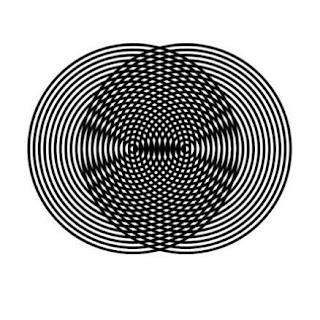Oscillations
Oscillations is an interactive sound installation that allows users to modulate sine waves for both the right and left audio channels using two slider sensors connected to separate speakers. This setup lets participants blend two frequencies in real-time, creating audible interference patterns by adjusting the sliders within the space.
The aim is to generate a sound effect analogous to a Moiré pattern, using frequency interference to introduce an extra perceptible dimension. As listeners move between the speakers, their spatial positioning alters their perception of the sound due to psychoacoustic effects. This dynamic interaction plays with the feedback within the space, influenced by the listener's movement.
The installation invites the public to actively engage with the oscillations by manipulating the slider sensors. Simultaneously, listeners can explore the sonic environment by moving around the space, experiencing how different frequencies change based on their position.
This project explores how we locate, perceive, and feel music. Certain sounds might seem to be miles away, appear close, bounce over our heads, or silently disappear. Our ears, much like musical instruments, emit their sounds in response to external music, joining the orchestra with neuroanatomical reactions and forming traces of acoustic information.
In traditional music, these tonal responses are often suppressed within complex timbres. These subtle reactions, which we are usually unaware of, play a significant role in our experience of sound. By listening closely, we can detect these minimal changes in vibrational patterns, which produce a subjective pitch.
The installation can create various auditory experiences: distant sounds moving in geometric patterns within a multi-speaker setup or localized, specific sounds. By carefully selecting intervals, the project elicits specific responses that resonate in the listener's ears, revealing new dimensions in the acoustic and interaural space. This composition technique seeks to discover and highlight the intricate details of how we perceive sound and space.


